Location: F6 Camp which is located in the Taylor Valley. Coordinates of: 77°36'29.8" South and 163°15'19.1" East
Weather: Good enough to get us dropped into F6 in the morning, but not good enough to get picked up.
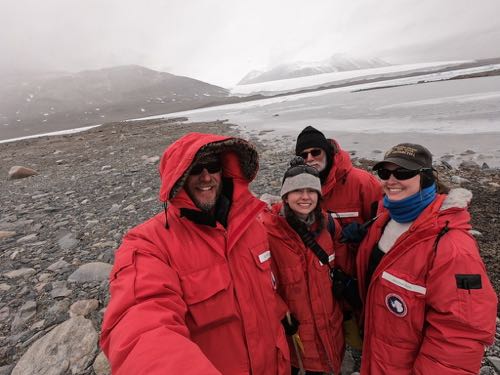
Topper (Dr. Tom Powers), Alyssa, Tasha, and myself were asked by Byron (Dr. Byron Adams) to go into Camp F6 for a few hours to conduct a few expeditions.
The four of us showed up to the helicopter airport the required 45 minutes early. We weighed our gear, ourselves, had the flight briefing (which is getting very familiar at this point), got our helmets, and were then told that the weather was not looking good for the day. We were told that they could safely get us into the Dry Valleys today, but picking us up was not for sure. We had samples that needed to be collected, and experiments needing to get done, and besides that...they would dump us off the helicopter with our "survival bags", just in case we get left. We accepted the risk, climbed onboard the bell 212 helicopter and lifted for the F6 Camp in the Dry Valleys.
You can see from this photo lifting off from McMurdo Station, that the weather was not looking good. We proceeded to F6.

We had several experiments to conduct and samples to take. The first experiment we did was the stoichiometry experiment where we added different nutrients to soil sections. Measurements would then be taken in the future to see how the animals (small worms, tardigrades, and rotifers) would react. This was the same experiment we did last week at the plot at Lake Bonney.
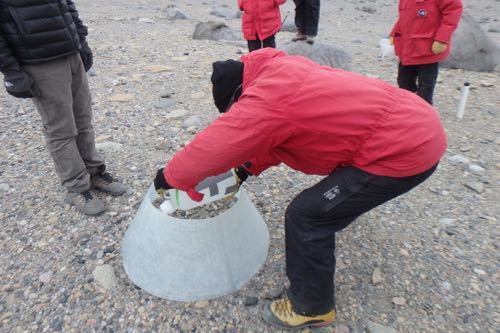
The next experiment took us to a plot of land where little greenhouses (ITEX chambers) had been placed over areas of soil. This was to increase the temperature of that soil to see the reaction to the animals. It is great to see how they don't have the chambers set all over this experiment area. They also collect samples from the same location that does not have the chambers set up. This is so they will have a control for their experiment.
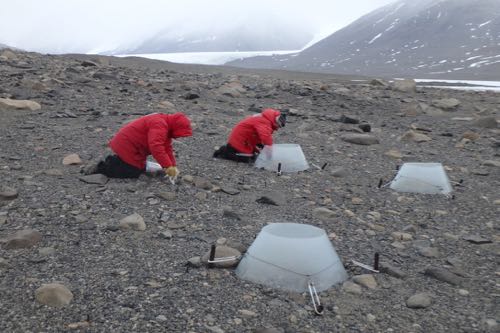
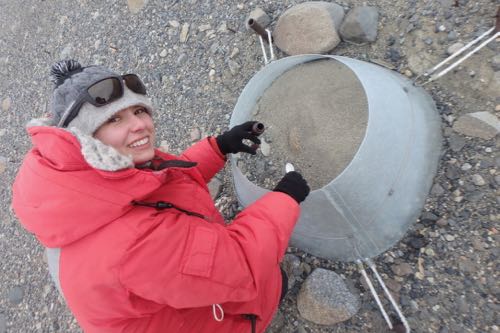
Our next task took us to the edge of Lake Fryxell where we were to test the animals found at different elevations. Our first row of samples were close to the water. We then sampled at different elevations. Below, you can see Topper and Tasha adding in two more "transects" in our experiment. You can see them measuring 1 meter in elevation, using their iPhone leveling app, and then they would tell me where to hammer in markers up the hill after they sighted in on me. Pretty clever way of measuring the elevation of an incline.
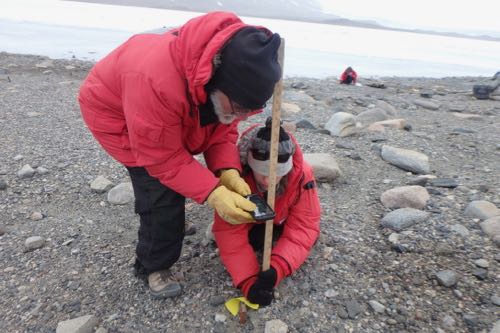
It was about this time where we got a call on our hand-held radio (there are repeaters on top of the mountains out there to provide communication) telling us we would not be picked up tonight and had to spend the night. We were dropped by the helicopter close to this science hut. All scientists have left this hut now except us. We were not worried about it being locked. Huts being robbed is not a worry around here. Not many robbers out cruising the Dry Valleys looking for science huts to rob. Notice that orange box to the right of the hut. There is a picture of that two pictures below.
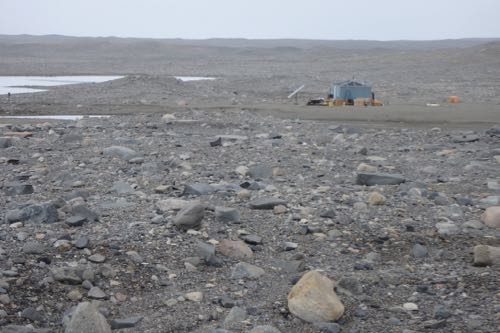
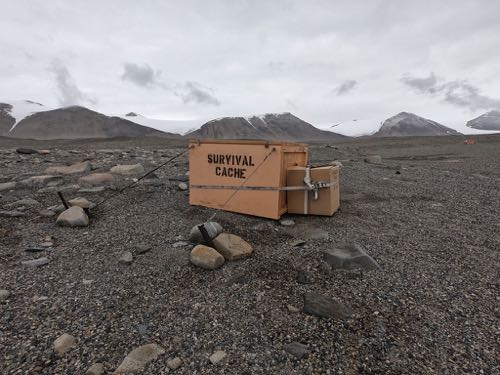
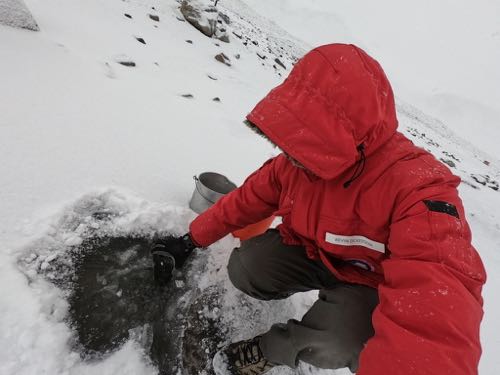
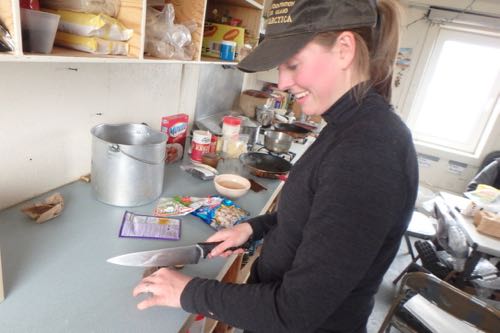
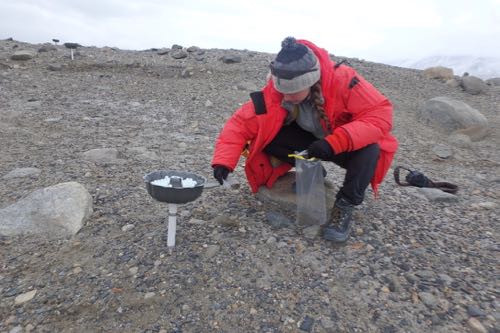
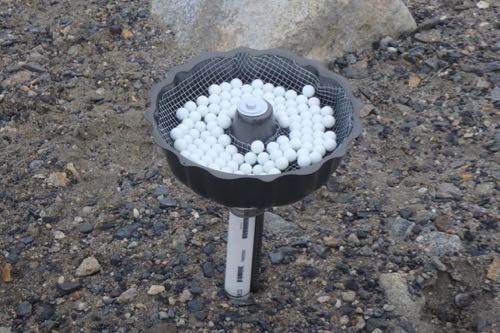
That was about the end of our day of experimenting and collecting at the F6 Camp. We received our flight plans for in the morning on what sites we would be flown to, rolled out our sleeping bags, and feel asleep pretty easily. That was a good day.


Comments